Month: September 2017
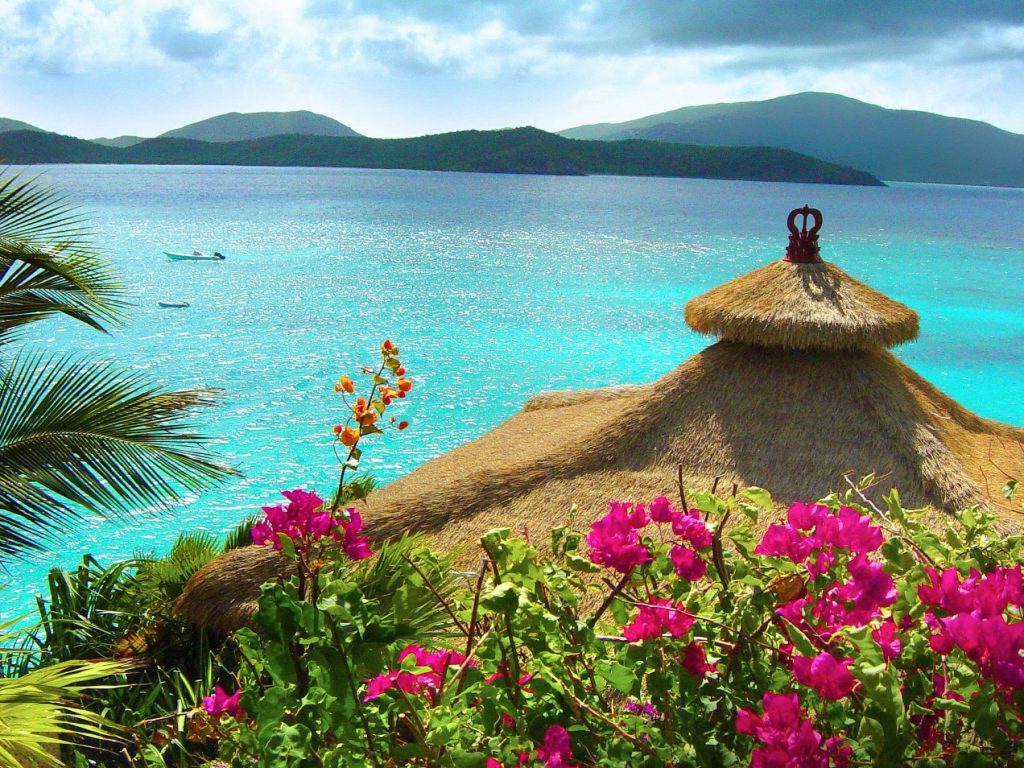
How Does Our Synthetic Thatch Hold Up In A Tropical Storm?
A Fort Myers Beach resort in Tampa lost its roof from this past summer's Tropical Storm Emily. A tropical storm is a cyclone
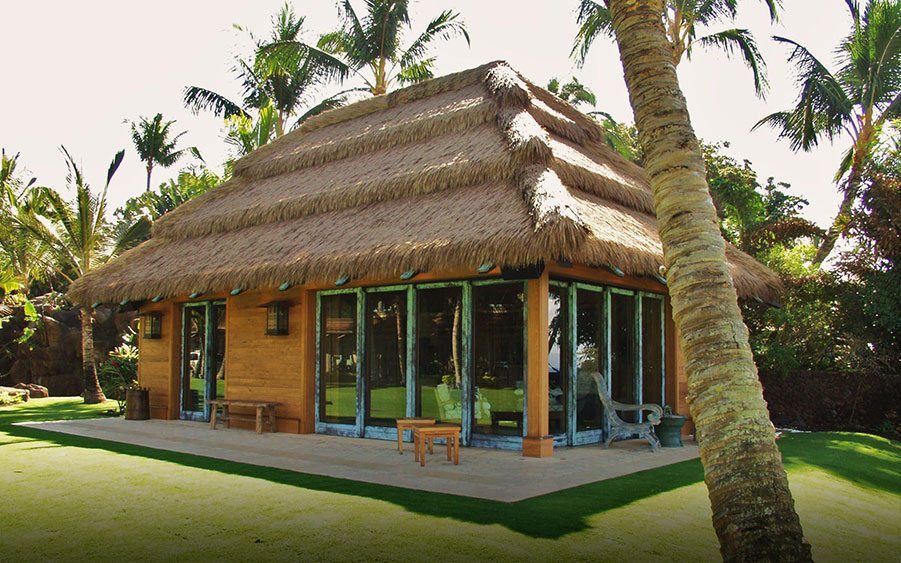
Replicate Pili Grass And Alang-Alang Thatching With Our Kona Roofs
Pili grass and alang-alang thatching decorates the rooftops of buildings found on tropical islands throughout the Pacific Ocean. Alang-alang thatching has been used
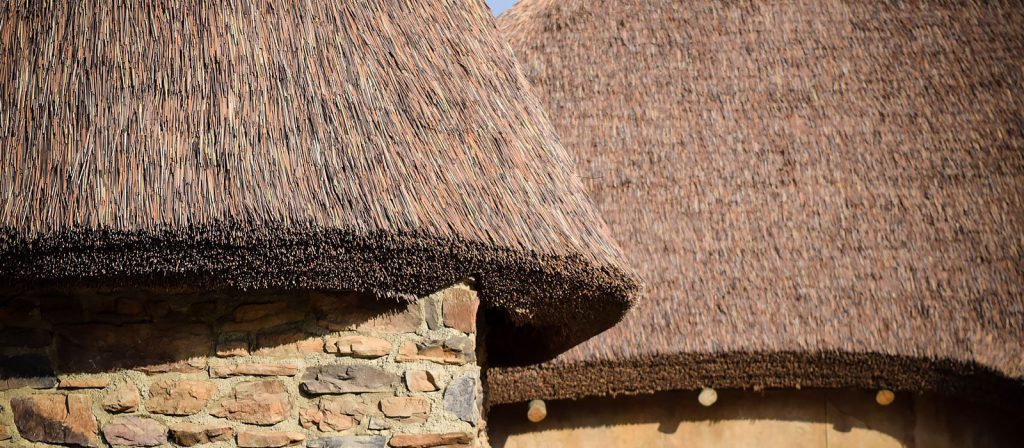
Replicate A Traditional African Cape Reed Roof With A Kilimanjaro Roof
Endureed's Kilimanjaro synthetic thatch roof product was designed to replicate traditional cape reed roofs found in the East African country of Tanzania. Tanzania
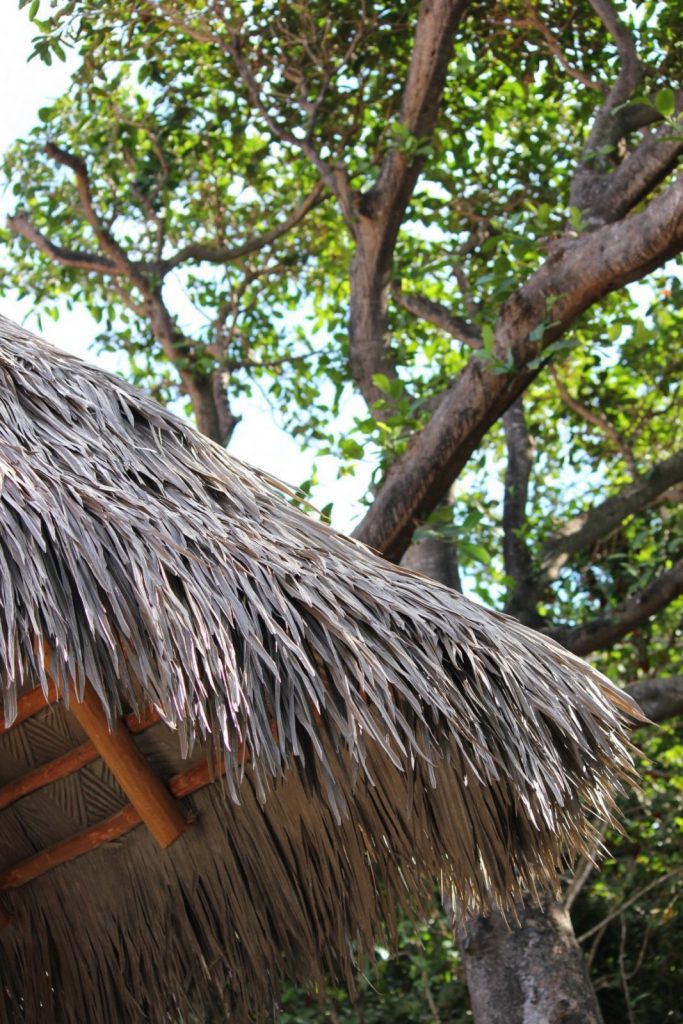
Endureed’s Synthetic Thatch Roofs Eliminate The Hassle Of Pests
Pests are one of the biggest concerns for business owners who consider natural thatch. Pest avoidance is one of the biggest reasons our
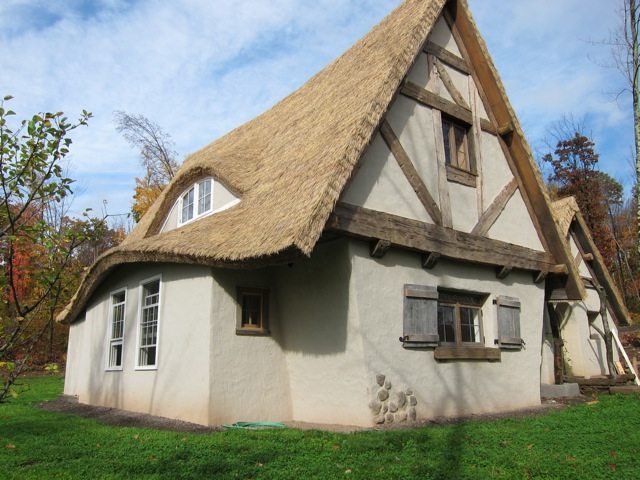
Endureed Synthetic Thatch Roof Products Are Made In The USA
Economy Policy Institute reported that U.S. manufacturing has been “hit hard” over the last two decades, but points out that manufacturing remains a
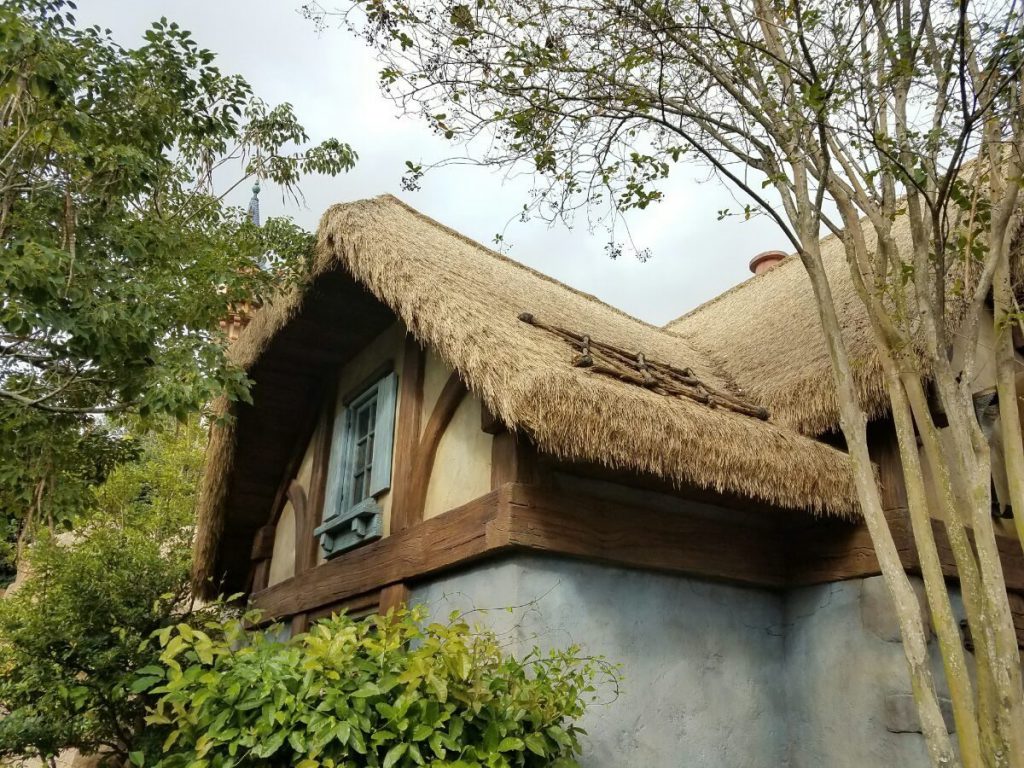
Replicate European Thatching With A Somerset Roof
Endureed’s Regions Series has several roofing styles designed to replicate beautiful thatch from specific regions across the globe. With the Somerset roof, Endureed
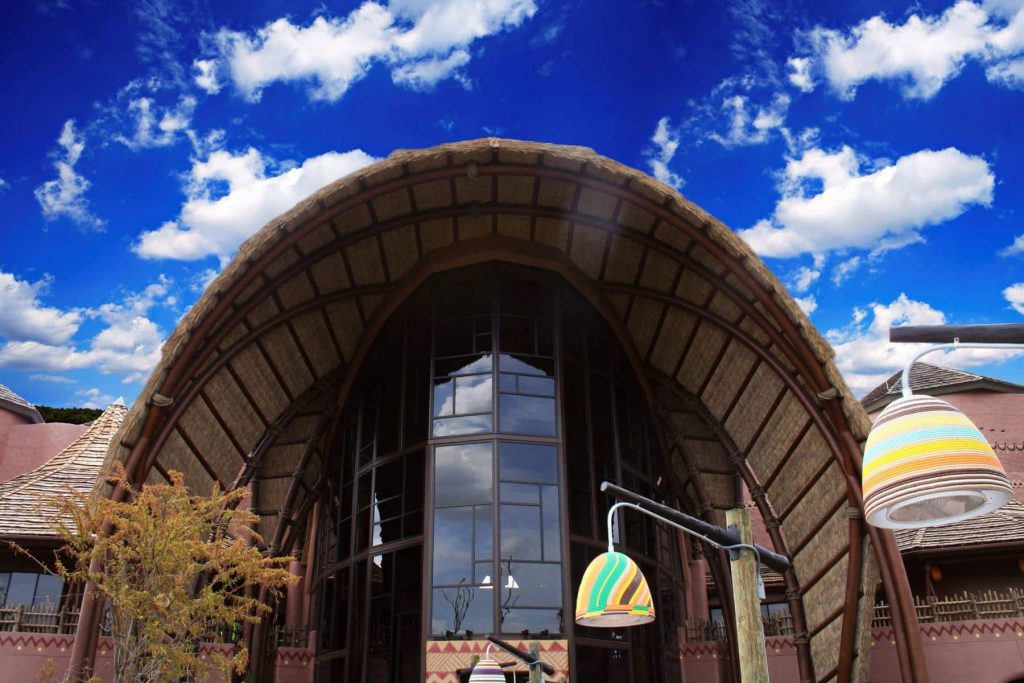
The One Synthetic Thatch You Need for High Winds
Endureed's Synthetic Thatch Stands up to Hurricane Winds Endureed’s synthetic thatch roofing material is designed to withstand excessive wind speeds. While hurricanes have
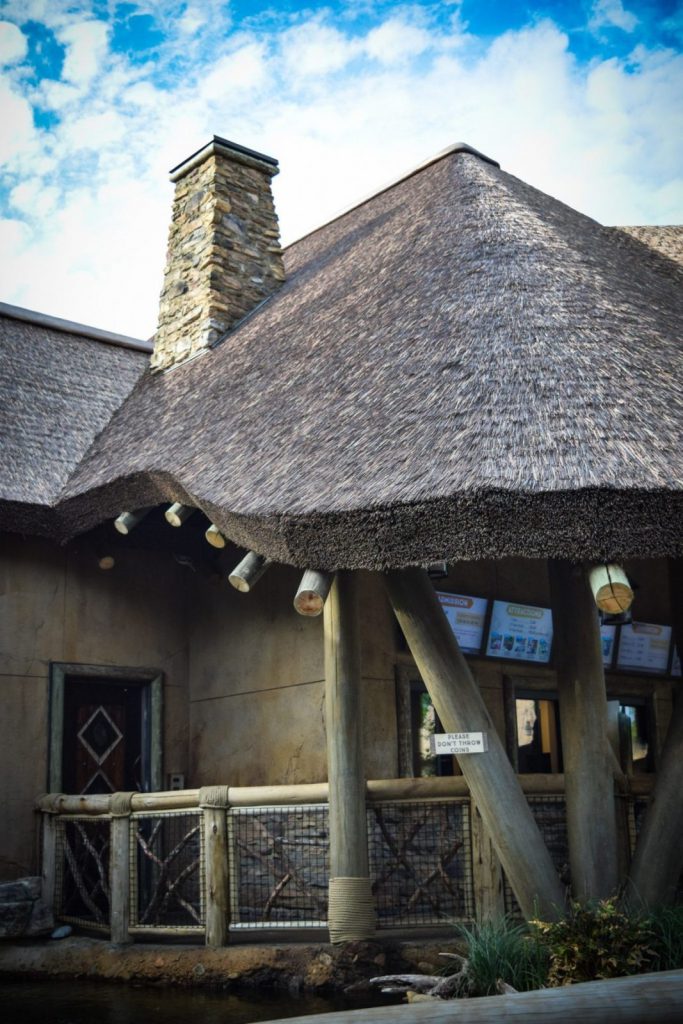
How Long Does a Natural Thatch Roof Last?
The National Society of Master Thatchers, a UK-based organization, reports that building owners sometimes become disillusioned with natural thatch roofs that begin to
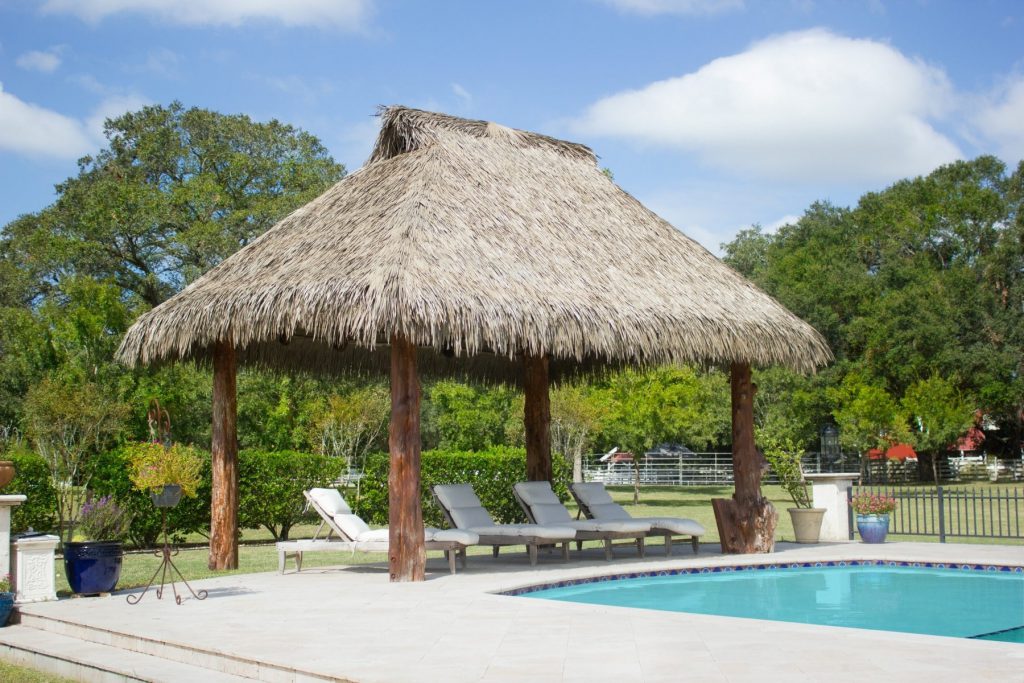
Why You Need a Fire-Retardant Synthetic Thatch Roof
Businesses must follow local, state, and federal regulations - not just in the U.S., but in countries abroad, as well. That means museums,
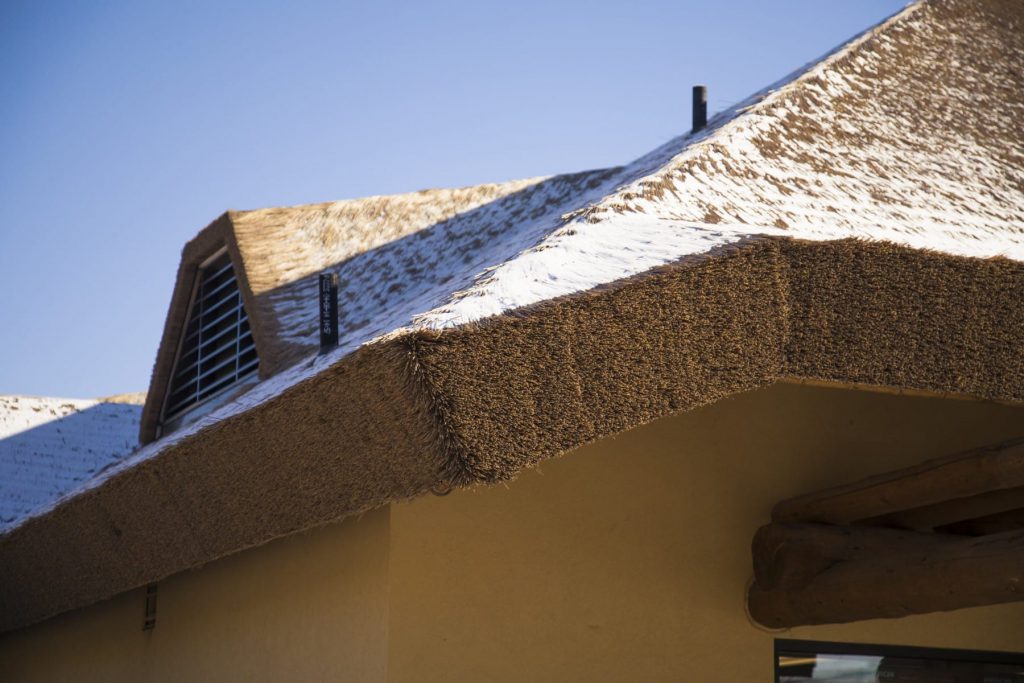
Prevent the Hassle of Regular Permits for Natural Thatch Roof Repairs
Earlier this month, an Irish newspaper featured an article about a pub in Drogheda - one of the oldest towns in the country

What is the Saffir-Simpson Hurricane Wind Scale?
The Saffir-Simpson Hurricane wind scale divides hurricanes into categories based on wind speed. Hurricanes can move between categories as their wind speeds fluctuate.
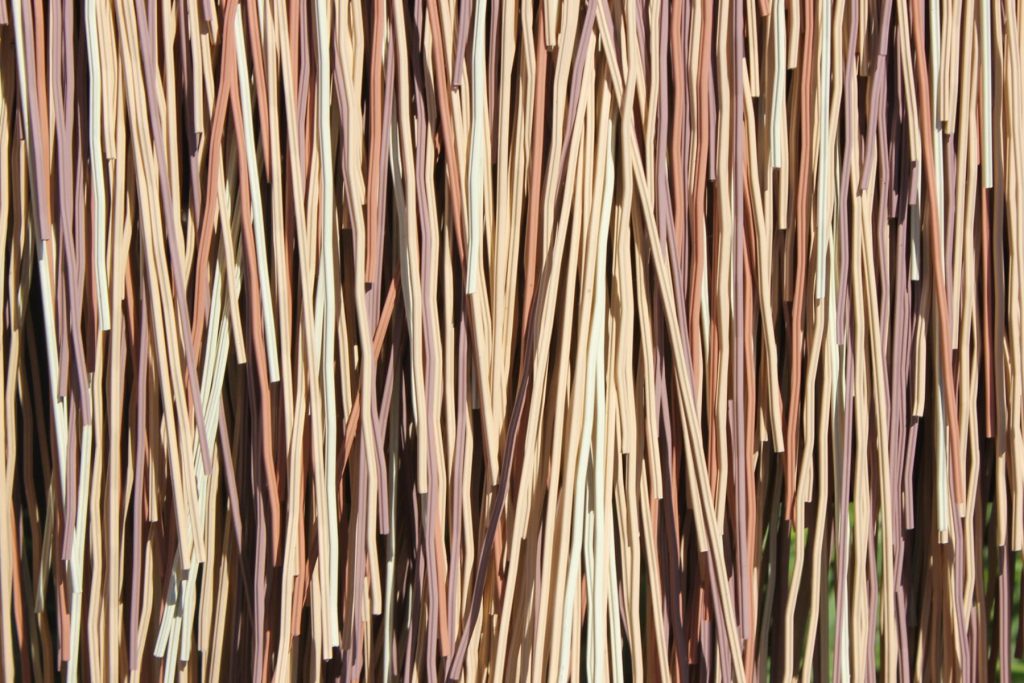
What is Bali Synthetic Thatch?
Bali synthetic thatch is a gorgeous, grass-style thatch with loosely tapered shingles that’s designed to mimic east Asia grass thatching. Key Features of